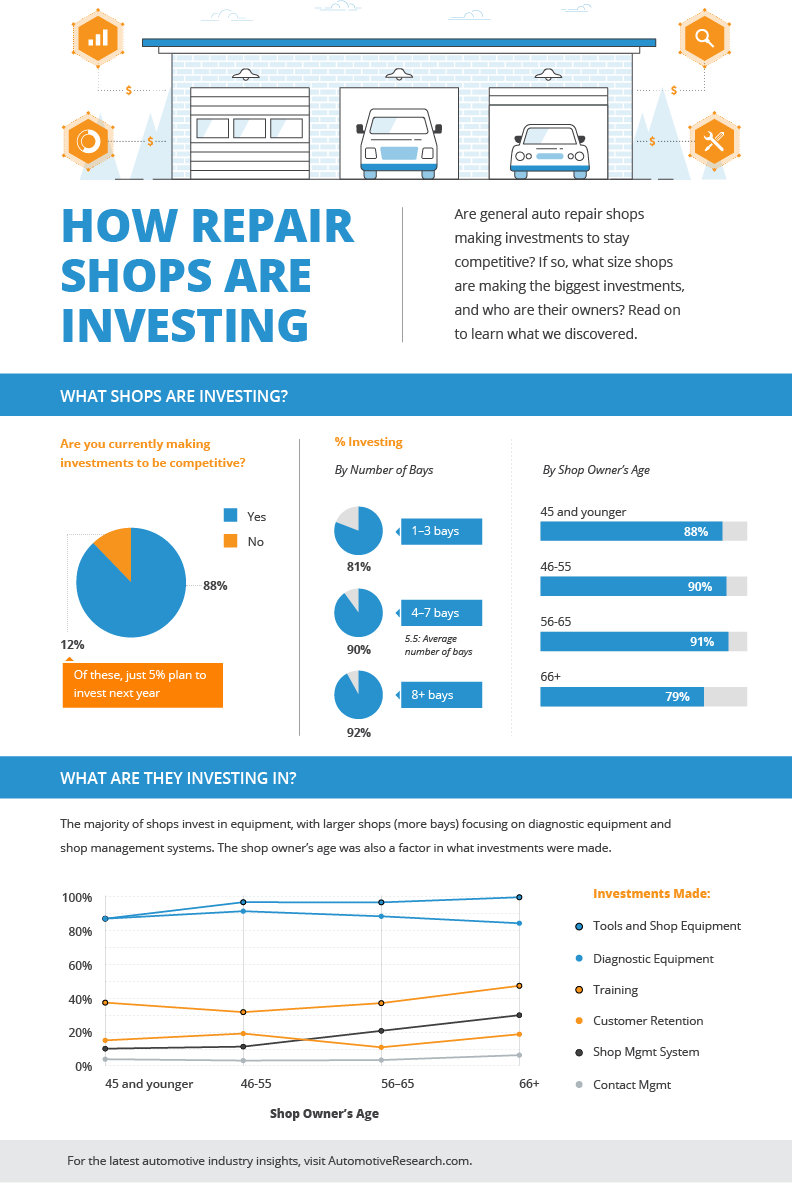Seeking Clarity On The Caution Lights Showed On Your Automobile'S Control Panel? Discover How They Relate To Your Automobile'S Health And Safety
Seeking Clarity On The Caution Lights Showed On Your Automobile'S Control Panel? Discover How They Relate To Your Automobile'S Health And Safety
Blog Article
Material By-Lim Alvarado
When you lag the wheel, those radiant warning lights on your dashboard can be a bit bewildering. Do you know what they're trying to inform you concerning your auto's wellness? Understanding the significance of these lights is crucial for your safety and the long life of your vehicle. So, the following time among those lights appears, would not you want to understand its message precisely and take the necessary actions to address it?
Common Caution Lighting and Interpretations
Identify usual caution lights in your vehicle and comprehend their definitions to make certain risk-free driving.
The most regular warning lights consist of the check engine light, which signifies problems with the engine or emissions system. If this light begins, it's important to have your vehicle inspected immediately.
The oil pressure advising light shows reduced oil stress, needing immediate attention to stop engine damages.
A blinking battery light may recommend a defective charging system, possibly leaving you stranded otherwise attended to.
The tire pressure monitoring system (TPMS) light notifies you to low tire stress, influencing lorry security and fuel efficiency. Ignoring this might result in harmful driving problems.
The abdominal muscle light indicates an issue with the anti-lock braking system, compromising your ability to stop promptly in emergency situations.
Lastly, the coolant temperature warning light warns of engine getting too hot, which can lead to severe damages otherwise solved swiftly.
Understanding these typical caution lights will help you attend to problems promptly and preserve safe driving problems.
Relevance of Prompt Attention
Understanding the typical caution lights in your cars and truck is only the first step; the relevance of without delay attending to these warnings can't be highlighted sufficient to ensure your security when traveling.
When a caution light illuminates on your control panel, it's your cars and truck's method of connecting a potential problem that needs interest. Disregarding https://air-lift-performance-kits38394.blogoscience.com/36317430/understanding-the-meaning-behind-your-automobile-s-warning-lighting-an-in-depth-look can bring about much more extreme issues down the road, jeopardizing your security and potentially costing you a lot more out of commission.
Trigger attention to alerting lights can protect against failures and crashes. As an example, a blinking check engine light could indicate a misfire that, if left ignored, could cause damages to the catalytic converter. Addressing this without delay can conserve you from a costly repair service.
Similarly, https://www.michigan.gov/mdhhs/assistance-programs/other-help alerting light might signal low brake fluid or worn brake pads, crucial components for your security when driving.
Do It Yourself Troubleshooting Tips
If you notice a caution light on your dashboard, there are a few do it yourself repairing suggestions you can try before seeking professional help.
The primary step is to consult your automobile's handbook to comprehend what the particular caution light indicates. Occasionally the problem can be as straightforward as a loose gas cap triggering the check engine light. Tightening up the gas cap might settle the issue.
One more typical concern is a low battery, which can cause various advising lights. Inspecting the battery connections for corrosion and ensuring they're safe may repair the problem.
If a warning light continues, you can attempt resetting it by disconnecting the car's battery for a couple of minutes and afterwards reconnecting it. Additionally, checking your car's liquid degrees, such as oil, coolant, and brake liquid, can assist repair cautioning lights connected to these systems.
Final thought
Finally, understanding your cars and truck's caution lights is necessary for maintaining your vehicle running smoothly and safely. By without delay addressing these signals and knowing what they imply, you can stay clear of costly fixings and prospective malfunctions.
Remember to consult your cars and truck's guidebook for certain details on each warning light and take action accordingly to guarantee a trouble-free driving experience.
Stay notified, stay safe on the road!
